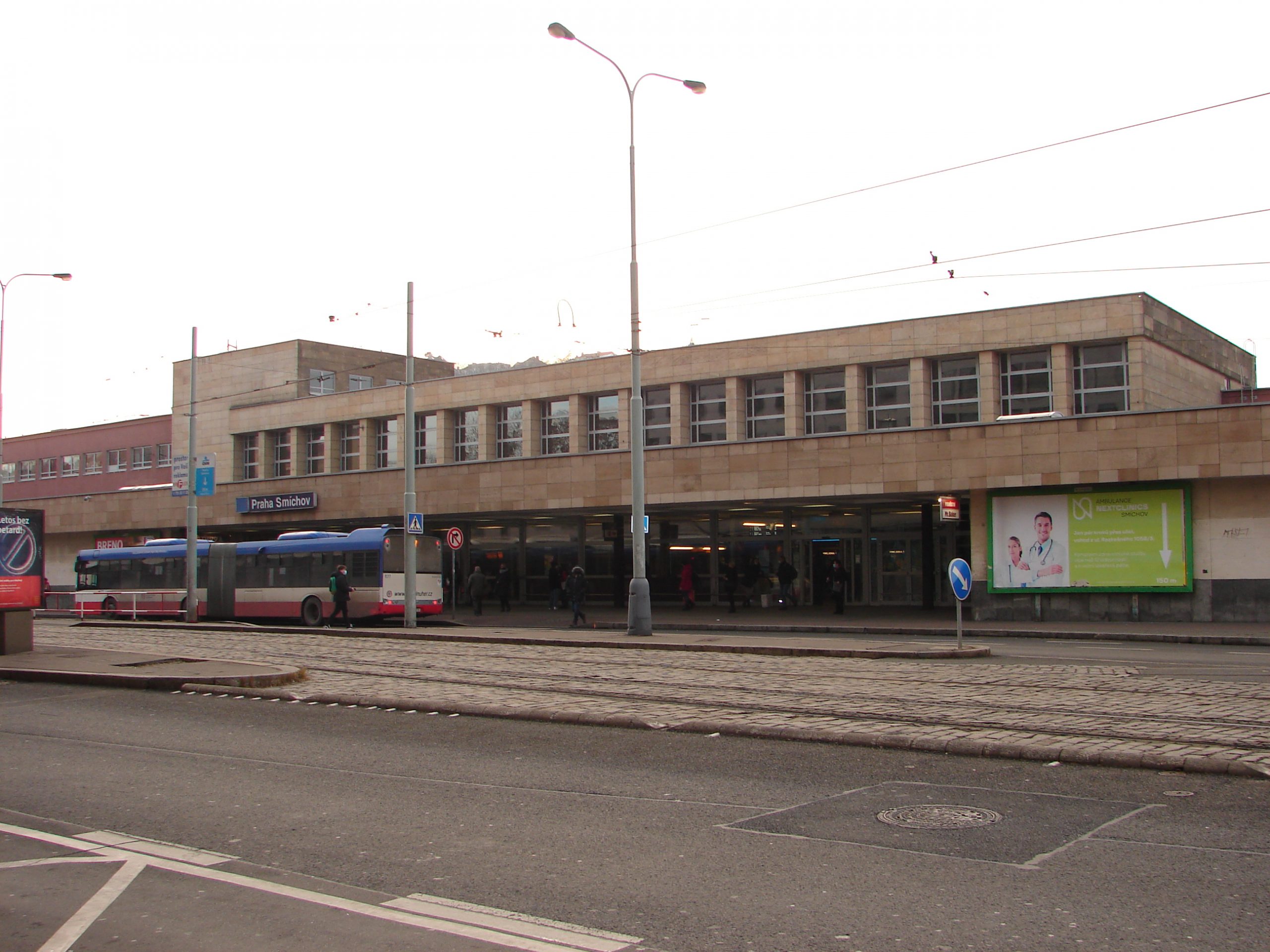Cooperation
As an independent research institute of the CTU, the Klokner Institute establishes cooperation with companies both in the Czech Republic and abroad. Such cooperation basically involves qualitative and quantitative research on the reliability of structures, monitoring of the behavior of buildings, and the associated processing of expert opinions on the safety of materials and structures.
ROMANESQUE BRIDGE IN THE VYŠEHRAD AREA
- Implementation: 2022
- Client: Národní kulturní památka Vyšehrad
Within the framework of the Memorandum of Cooperation between the Vyšehrad National Cultural Monument and the Klokner Institute, a diagnosis of the torso of the Romanesque bridge from the last third of the 11th century was carried out. The bridge is on the site of the former royal acropolis and once connected the princely and royal district with the Romanesque Basilica of St. Peter and Paul and was probably part of the fortifications of the Premyslid Palace. The torso of the bridge was uncovered during archaeological research in 1931. The aim of the work was to carry out a diagnosis of the stone bridge itself and its static assessment with regard to the existing damage to the arch of the bridge and taking into account the mechanical properties of the stone and mortar identified by the diagnosis, as well as to carry out a diagnosis of the reinforced concrete ceiling structure above the Romanesque bridge, including a static assessment, as well as to assess the dynamic effects of traffic that is partially routed over the above reinforced concrete structure and to assess the parameters of the internal environment based on the results of annual monitoring. From the findings and the results obtained, proposals and recommendations for measures were formulated with the aim of extending the lifetime of the torso of the Romanesque bridge as much as possible.
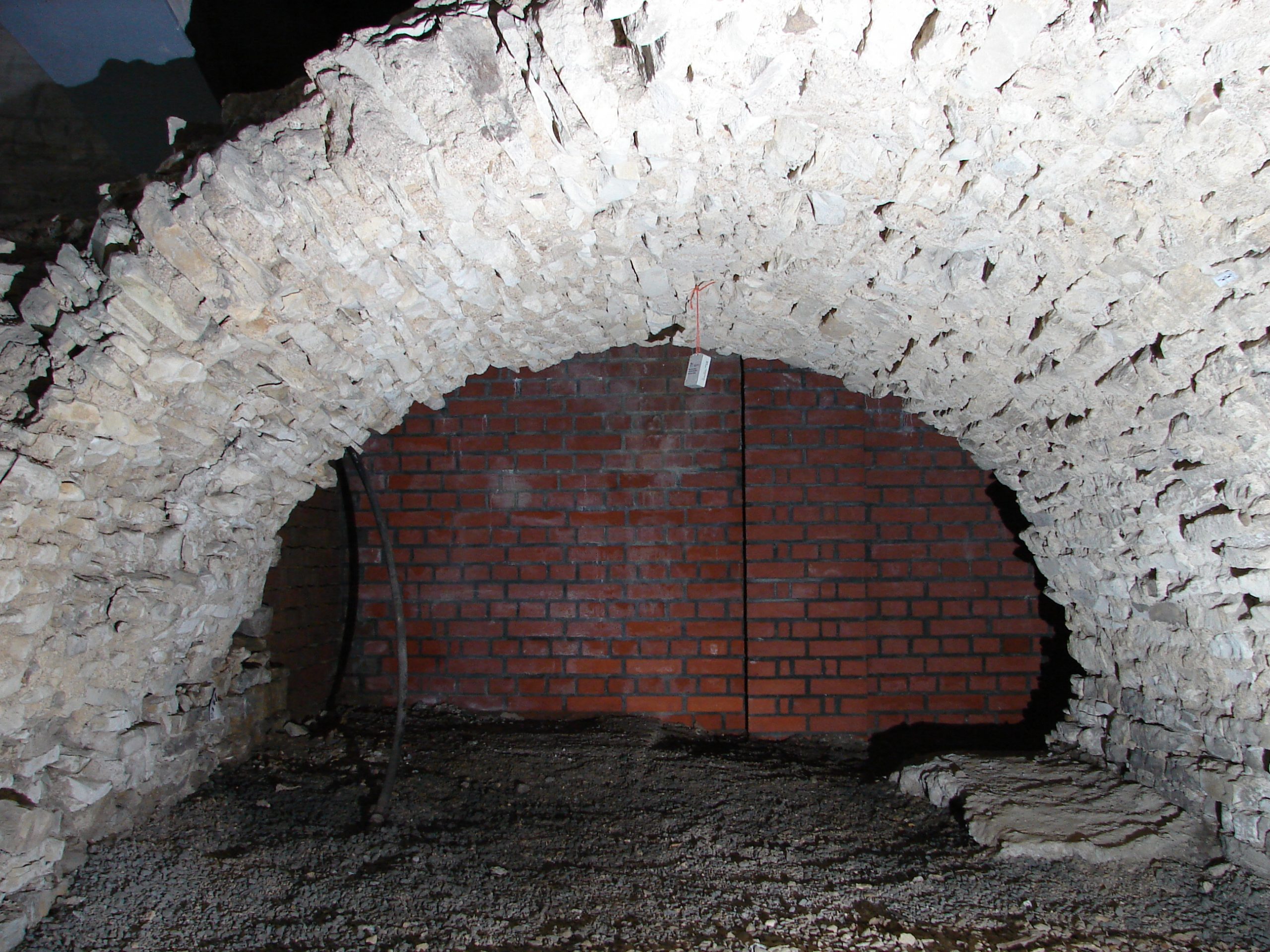
SPARTAKIADA STADIUM IN PRAGUE AT STRAHOV
- Implementation: 2020 – 2022
- Client: Hlavní město Praha zastoupené spol. Liga-servis, s.r.o.
With regard to the size of the stadium, the work was divided into five stages of diagnostic surveys, the aim of which was to assess the structural and technical condition of the stands, to carry out their static assessment taking into account the results of the diagnostics and to determine their load-bearing capacity. The existing reinforced concrete stands date from different periods. The oldest one is the western stand with adjacent arches from 1932 – 1938, about 10 years later the northern and southern stands were built for the XI All-Sokol Meeting in 1948 and the youngest one is the eastern stand with adjacent arches and eight outdoor staircases built for the IV Czechoslovak Spartakia in 1975, which with adjacent arches is built of reinforced concrete prefabricates. In the six archives visited, the original project documentation was found only for the eastern grandstand (except for the documentation of the steel structures of the fighters’ gates), while for the other grandstands only fragments of documentation were found, usually not corresponding to the actual design of the grandstands. The diagnostic surveys included, in particular, measurements of the dimensions and shapes of the structures, determination of the compressive strength of the concrete, the tensile strength of the concrete surface layers, the degree of carbonation of the concrete and the content of water-soluble salts, reinforcement of the structural elements and assessment of the corrosion condition of the reinforcement, including corrosion risks to the reinforcement, mechanical properties of the reinforcement and structural steel, determination of the floor and auditorium compositions, visual inspections and a number of other activities. The results of the diagnostics formed the main basis for the structural analysis of the stands in SCIA and the determination of their load capacity. For each grandstand, proposals and recommendations for measures, rehabilitation and repairs were formulated, aimed at minimising irreversible degradation of the structures, as the future use of the stadium stands is still undecided.
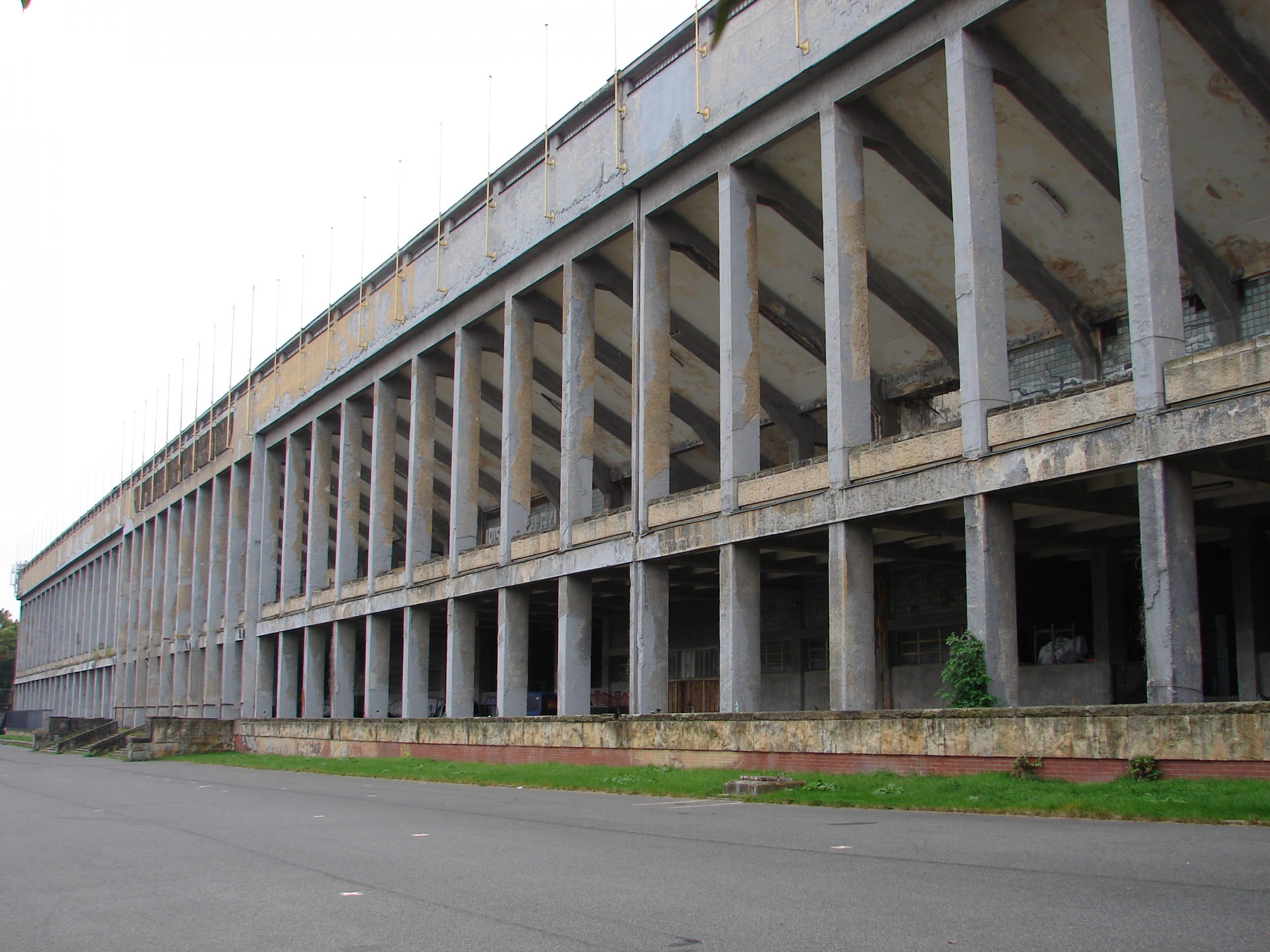
MÁNES BRDIGE
- Implementation: 2021 – 2022
- Client: Technická správa komunikací hl. m. Prahy, a.s.
The Klokner Institute of the Czech Technical University in Prague carried out part of the diagnostic survey for the company Pontex s.r.o., which was the contract manager, which included the activities described below. As part of the survey work and subsequent laboratory tests, the compressive strength and modulus of elasticity of the concrete of the supporting structure were determined, tests and analyses of the concrete, respectively. including tests for frost resistance, water absorption, resistance to chemical thawing agents, surface absorption, water-soluble salt content of the concrete, identification of ASR aggregates in the concrete by microscopic analysis and uranyl acetate test, analyses to determine the mixing ratio of the concrete, aggregate granulometry and type of binder used, as well as thermal analyses of the concrete and plaster. The strength and composition of the pavement and the tramway body and the condition of the waterproofing were also investigated. The work also included the so-called Reference Area project, in which the possibility of using reprofiling materials and plastering materials was verified in-situ and in the laboratory. As the bridge’s supporting structure consists of three-jointed arches, a diagnosis of the granite joint stones and an endoscopic examination of the lead plates clamped between the joint stones (the joints contain a total of 312 lead plates) were carried out. The work also included a structural and historical survey prepared by the Institute of Historical Preservation of the Faculty of Architecture of the Czech Technical University in Prague, in which the Klokner Institute also participated, and which, in addition to the Mánes Bridge, also included its predecessor, i.e. the Iron Footbridge.
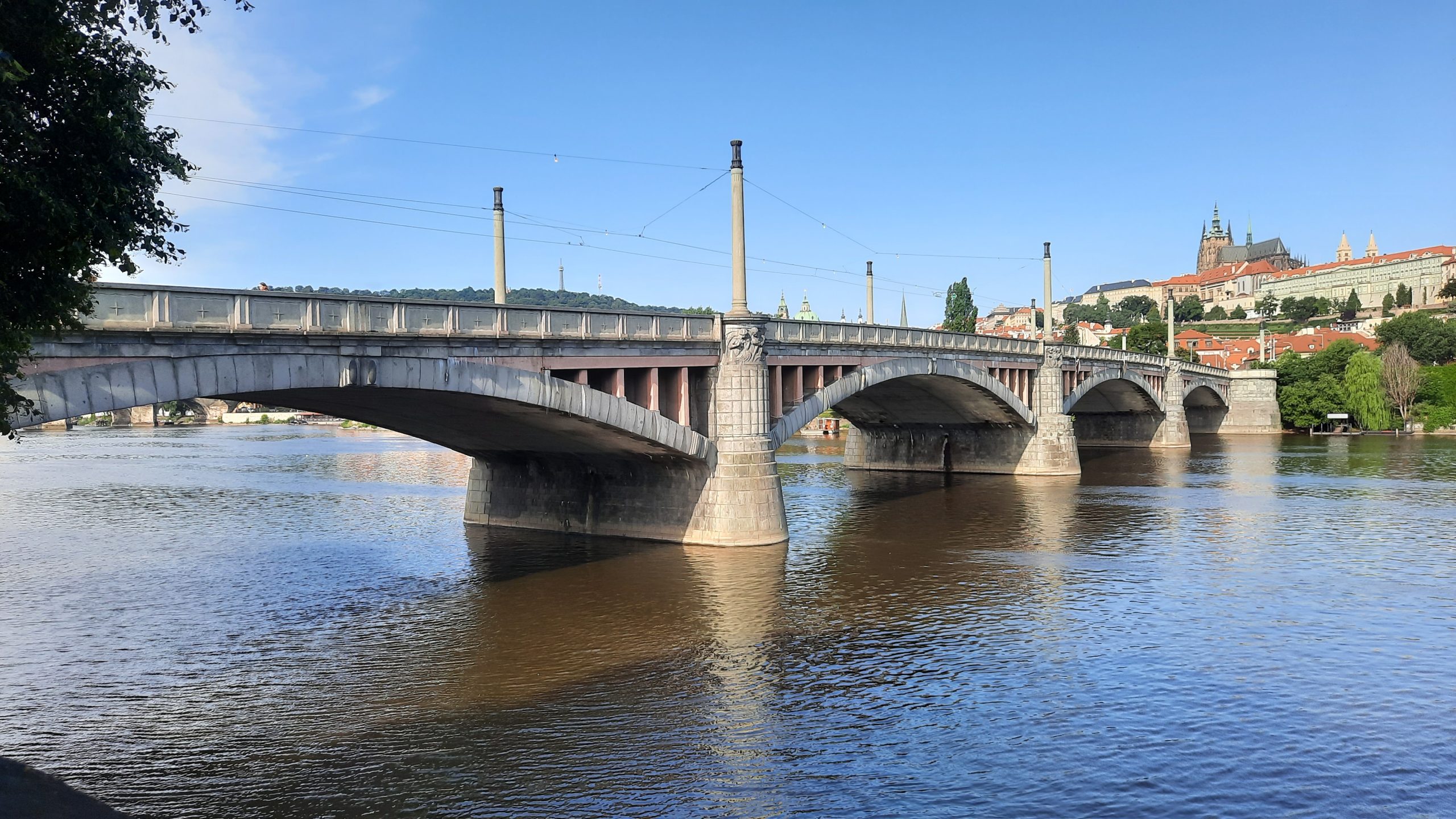
THEATRE AT VINOHRADY, PRAGUE
- Implementation: 2021, 2022
- Client: Masák & Partner
Within the framework of the project of the General Reconstruction of the Vinohrady Theatre, two structural and technical surveys of the building were carried out. The work was focused on determining the strength of the masonry, determining the composition and structural design of the ceiling structures and rolled steel sections, determining the mechanical properties of the reinforcement and structural steel including rivets, verifying the shape and depth of selected foundation structures and the subsoil and the extent of contamination of the floor under the stage with oil products.
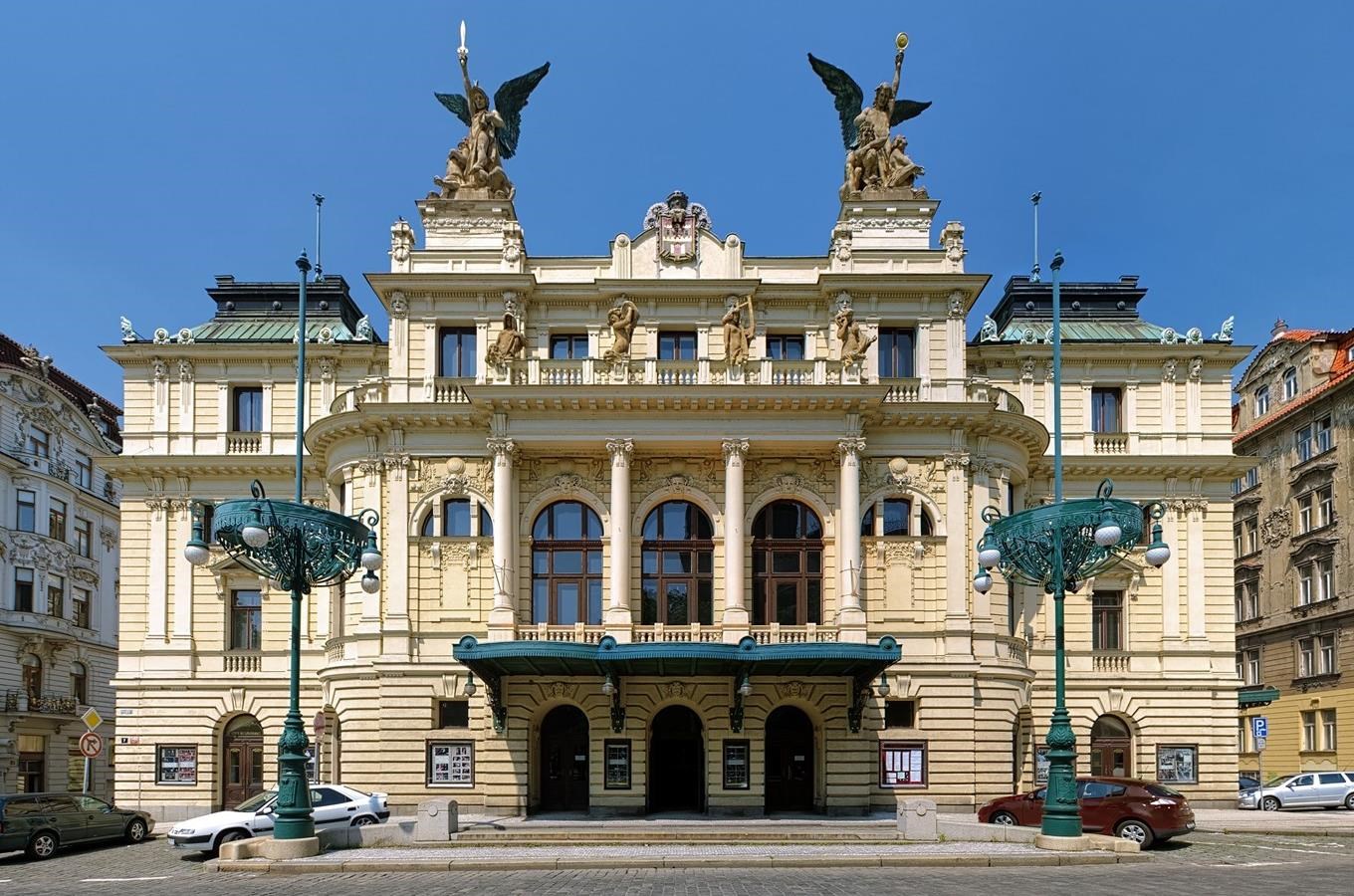
KOTVA DEPARTMENT STORE
- Implementation: 2022
- Client: AED PROJECT, a.s.
As part of the Revitalization of the Kotva Building project, diagnostics of selected structures of the upper structure were carried out, focusing on the determination of the compressive strength of concrete, verification of the reinforcement of structural elements according to the original design documentation, and the determination of the composition of roof sheathing, floors and pavements above the lower structure. In addition, the thickness of the Milan wall including the reinforcement and strength of the concrete and the reinforcement of the foundation slab at the top face was determined. In the next phase, a diagnosis of the reinforced concrete slabs of the underground garage was carried out to determine whether or not there had been any deterioration in the structural condition, particularly the corrosion condition of the reinforcement, since the previous diagnosis carried out in 2017.
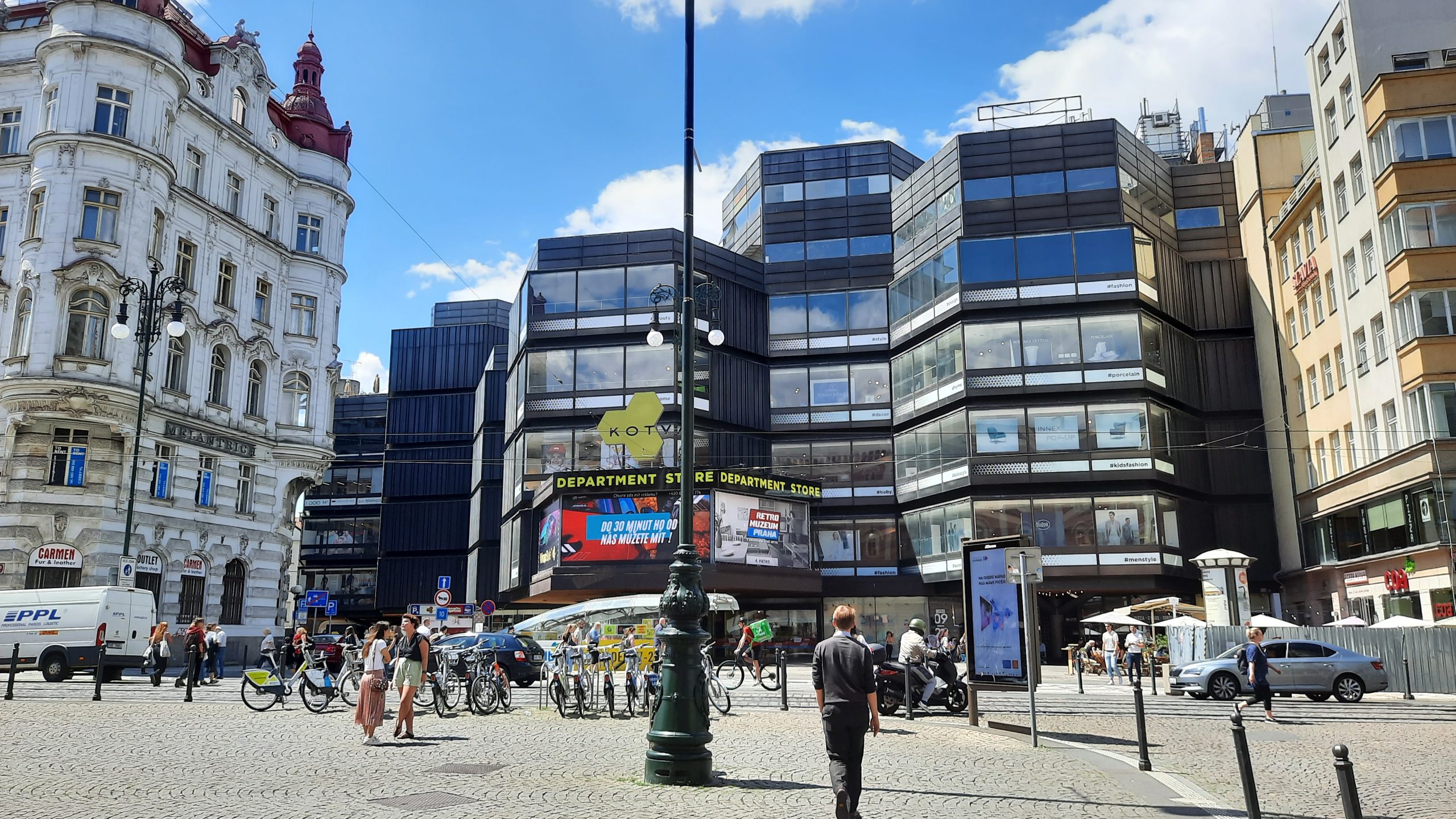
CZECH SAVINGS BANK BUILDING IN ÚSTÍ NAD LABEM
- Implementation: 2022
- Client: AZ Palác Zdar
For the reconstruction project of the former Česká spořitelna building in the centre of Ústí nad Labem, built in the 1930s, diagnostics of load-bearing structures was carried out, focusing on the determination of the compressive strength of the concrete, determination of the structural design of the ceiling structures (ceramic ceilings), reinforcement, determination of the strength of masonry, the shape of the foundation structures and the depth of the foundation and the bearing capacity of the foundation soil.
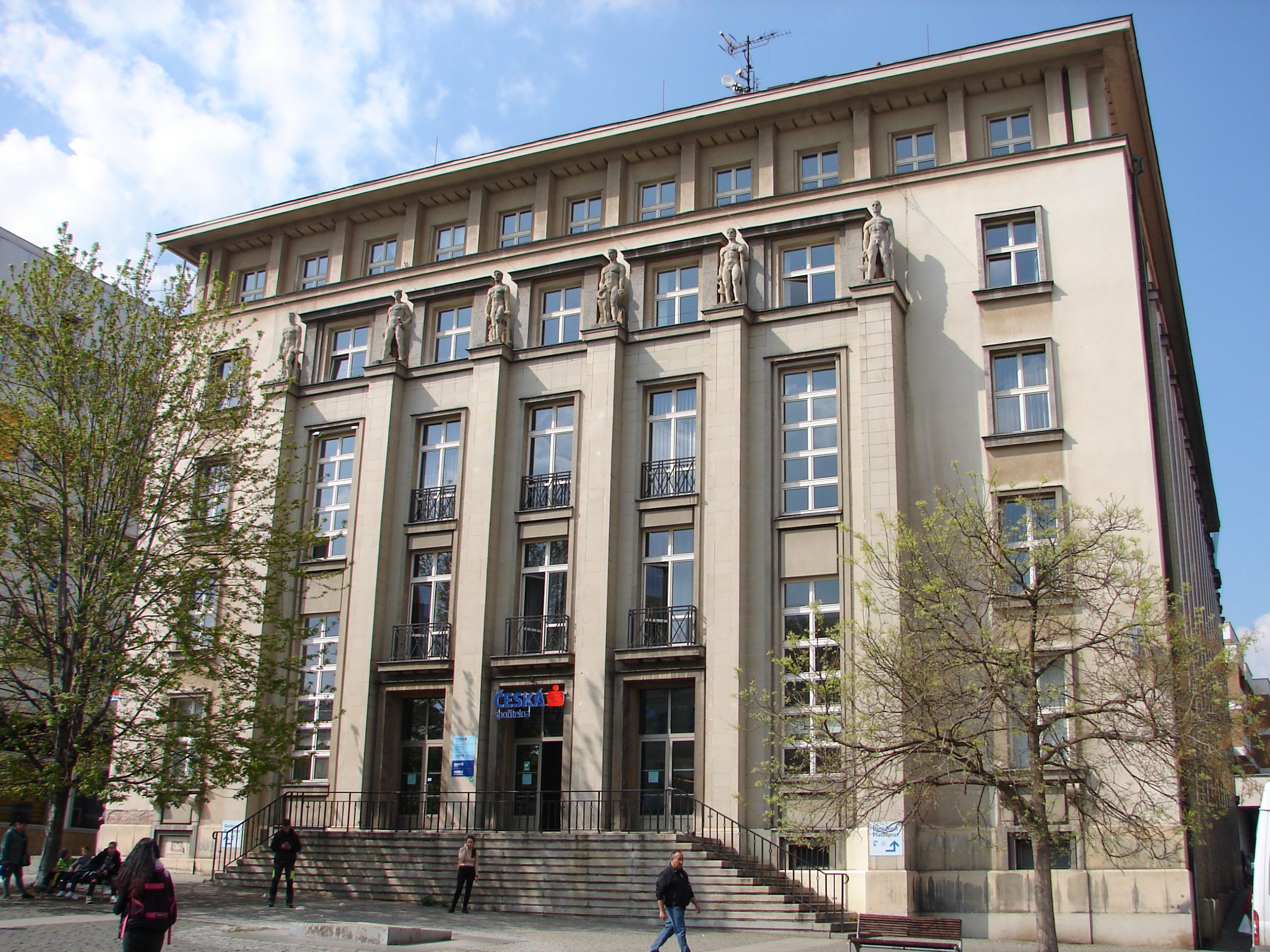
RAILWAY STATION PRAGUE MASARYKOVO NÁDRAŽÍ
- Implementation: 2021, 2022
- Client: SUDOP PRAHA, a.s.
Within the framework of the project Modernisation and Completion of the railway station Prague Masarykovo nádraží, four structural and technical surveys were carried out. The subject of the works were buildings along the 1st platform, steel structure of halls C1 and foundations of columns at the interface of halls C1 and C2. For the buildings along Platform 1, the depth of foundations and the material of the foundations, the relative position of PP 1 and NP 1 and the position of the reverse face of the inner wall of PP 1, the composition of the floors, the material and method of foundation of the partitions, the shape and design of the English courtyard and the routes of the cable lines were investigated. In the case of the halls, the method of placing the supporting steel structure on the building wall was investigated and the shape and structural design of the column foundations was verified by dredging.
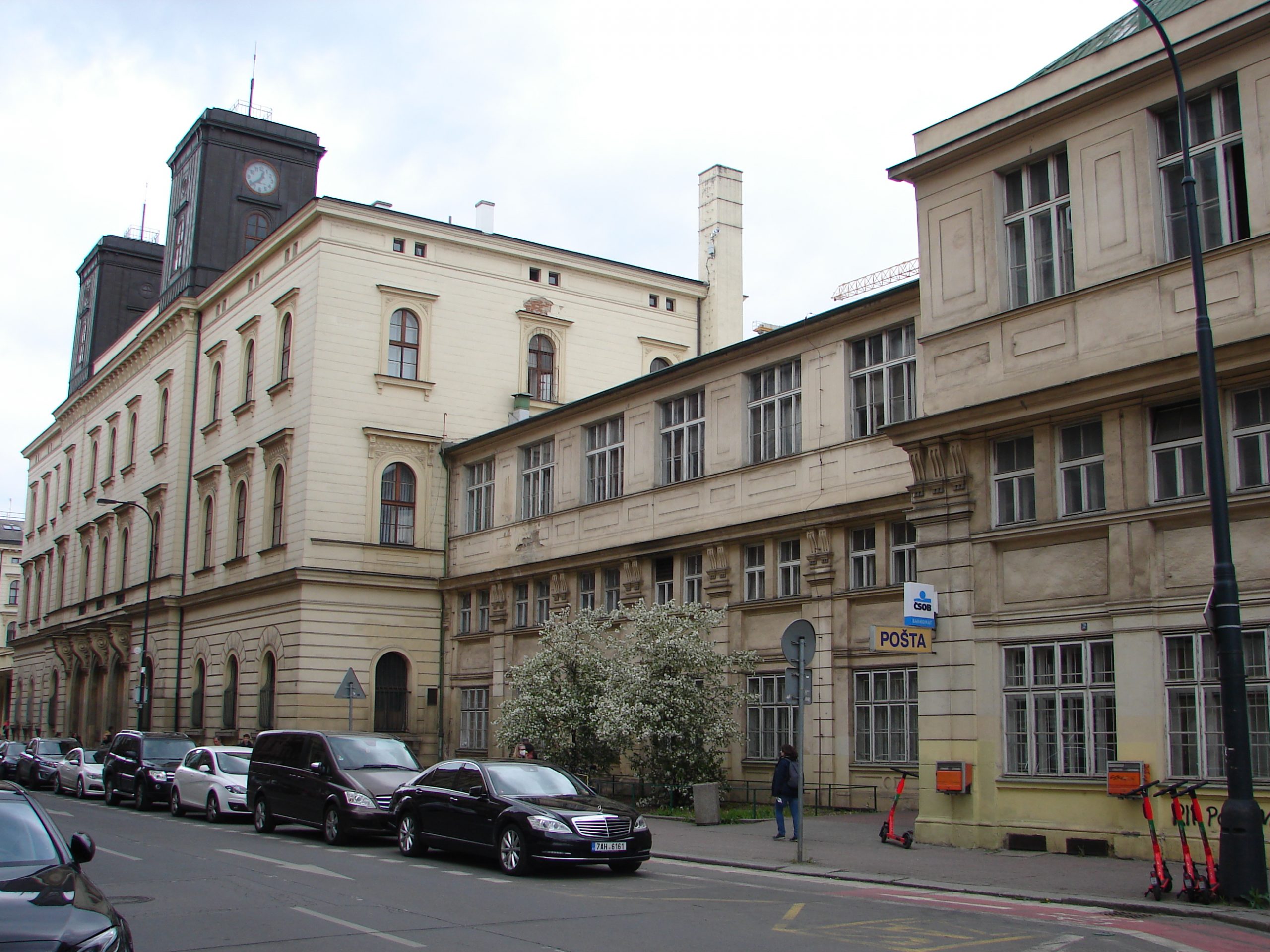
RAILWAY STATION PRAGUE SMÍCHOVSKÉ NÁDRAŽÍ
- Implementation: 2021, 2022
- Client: SUDOP PRAHA, a.s.
For the project of Building No. 44544 Terminal Smíchovské nádraží, the diagnostics of the strata above the underground objects was carried out, i.e. the strength and composition of the strata above the construction of the metro station and another adjacent object was determined. As part of the diagnostics, the unused underground spaces under the station building, accessible only through an opening on the “floor” in the public part of the building, were targeted. Furthermore, the shape, material and depth of the foundation of selected columns in both the public part of the hall and in the service areas were determined.
